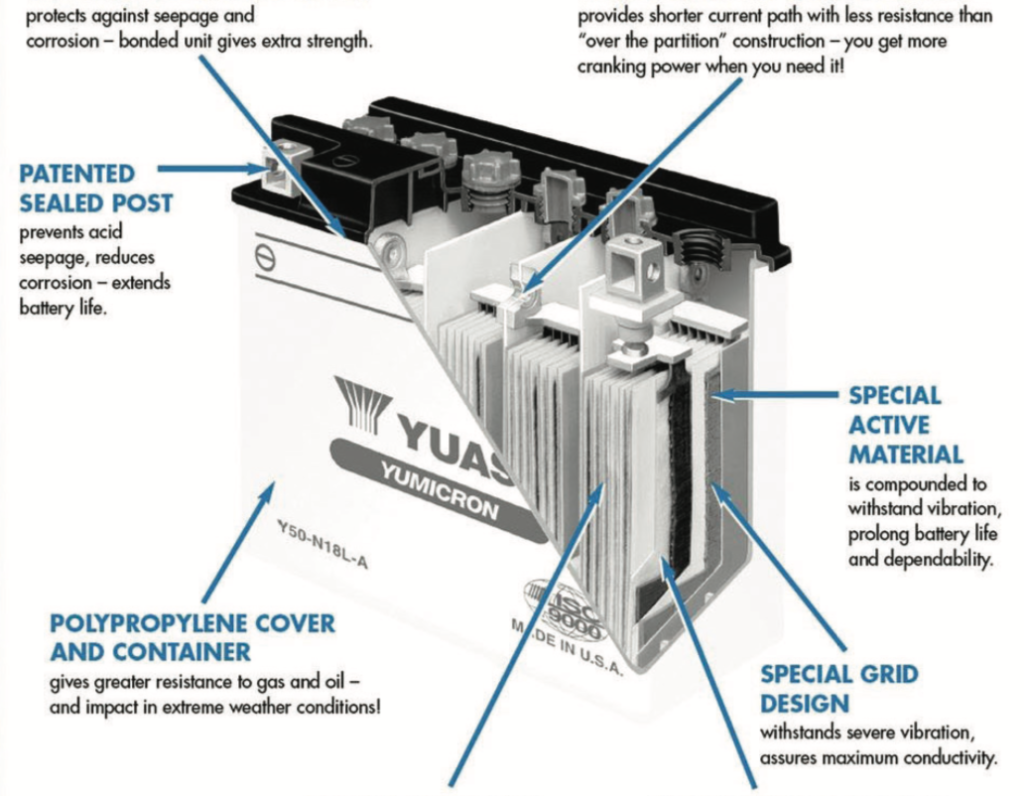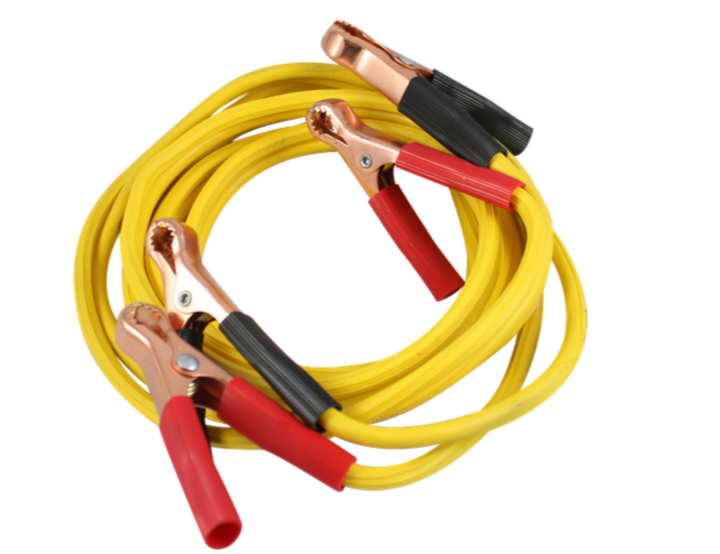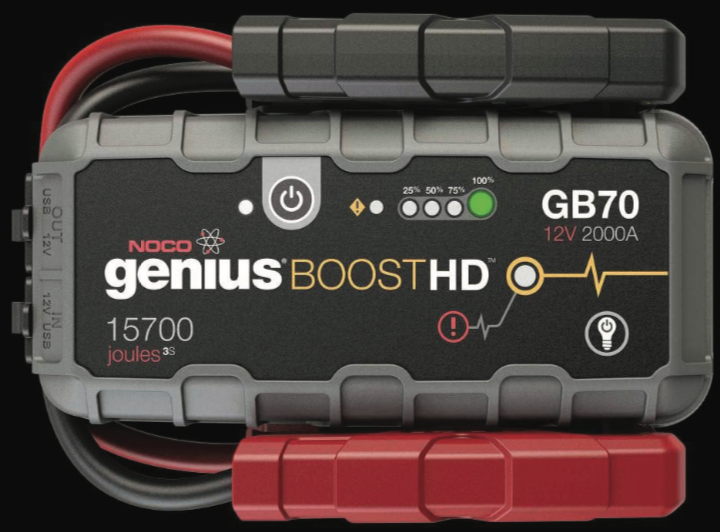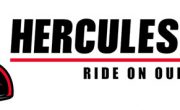GET THE LEAD OUT
At one time or another, we have all put the key in a vehicle ignition switch and when we turned it to start, either nothing happened, had the engine turn over very slow or only hear that dreaded click, click, click that happens when your battery is dead. That very issue happened to me this spring when I went to move my trusty ATV. Even after recharging, I could tell that the 5 year old battery had seen better days. My first thought was to simply replace it with the status quo. After all, I had received 5 years of dependable service from the first battery. Then I thought; maybe there is something better out there, and there is.
First; a short lesson in the chemical production of electricity within a battery and why it works. A vehicle battery will have two dissimilar metals in an electrolyte (acidic) solution. These can be very simple components. For example, take a piece of steel welding rod and a piece of bronze welding rod and stick them into an orange so they are not touching. Using your digital voltmeter on the 2 volt DC scale, measure the voltage between the steel and bronze welding rods. This can also be a costly annoyance. Most vehicle engines are made up of aluminum and iron. If you don’t change your vehicles antifreeze when you are supposed to, it will become acidic and your engine will become a battery and start eating away at the soft components. A “wet or flooded cell” lead acid battery is also known as a galvanic device. That means the material inside the battery changes to another material and back again as the battery charges and discharges. The chemical composition inside a typical lead acid battery when fully charged the + plate or anode is Pb02 (lead dioxide), the – plate or cathode is Pb (lead) and the electrolyte is H2SO4 (sulph- uric acid). When fully discharged (or dead) the plates both have changed to PbSO4 (lead sulphate) and the electrolyte is simply H2O or water. This occurs as electrons flow be- tween the positive and negative plates outside the battery Ionic or atom flow occurs within the battery. Charging the battery reverses the flow of electrons outside the battery and therefore reverses the Ionic flow inside the battery making sure we have the energy we need to start the engine the next time we turn the key. Conventional lead acid batteries come in many variants and/or classifications. The most common are regular flooded, Gel cell, Absorbed Glass Mat (AGM) or Spiral Cell. These are tried and true, dependable power sources.

Battery technology over the last few years has really jumped leaps and bounds as they say. Not only are some battery designs stronger and last longer, they can be better for the environment. This new battery technology includes Nickel Cadmium (NiCd), Nickel-Metal Hydride (NiMH) and Lithium-ion (Li-ion). The type of battery we will be discussing is the Lithium-ion.Li-ion batteries are similar to conventional batteries in that they have an anode (+) and a cathode (–) and use
an electrolyte. Unlike conventional batteries, the chemical reaction within the battery is not galvanic and the electrolyte is a gel, salt or solid material. With no liquid electrolyte, Li-ion batteries are immune to leaking. Currently there are dozens of cell chemistries used to produce Li-ion batteries. The cost, (yes this will make you take a second and third look to ensure you read it right the first time) voltage, capacity, life cycle and safety characteristics of a lithium-ion battery can change dramatically based on the choice of materials used for the anode, cathode and electrolyte.
So….why would you pay much more for this type of battery?
1) The power-to-weight ratio of these batteries. I could not believe how light this thing was. MX motorcycles are going to love this alternative. A lead acid battery is some- where around 40 watts/hr/kg of weight where as a Li-ion is somewhere around 130 watts/hr/kg.
2) Li-ion batteries have higher cell voltages than their lead acid cousins. Conventional batteries have approximately 2.1 volts per cell where Li-ion run somewhere between 3.3 – 4.2 volts per cell up to 5 volts depending on the materials used in construction. This also means fewer cells are required to produce the 12 volt requirements of our vehicles.
3) Li-ion cells maintain a constant voltage over 80% of their discharge curve compared to conventional batteries which start to drop off dramatically at the 50% mark. This means that a smaller capacity battery could be used to sup- ply your ATV’s needs.
4) Li-ion batteries are not really affected by temperature. Their operating range is -500C to 750C. Cold slows down the chemical reaction in “flooded” conventional batteries but since there is no galvanic action occurring in Li-ion batteries there is no process to slow down.
5) Charging characteristics of Li-ion batteries are much more superior to other batteries. They recharge much quicker and have a very low self-discharge rate once charged.
6) Li-ion batteries have low internal resistance and can discharge their current 4 times faster when compared to lead-acid batteries. In addition, high discharge and charge rates do not wear out a Li-ion battery to the extent that charge and discharge cycle reduce the lifespan of other types of batteries. When compared to a conventional battery which can withstand 500-800 complete discharge cycles the 1,200 of a Li-ion battery starts to shine. Add this to the fact that a Li-ion battery can last millions of micro- discharge cycles. An example of micro-discharge cycle would be a draw of 10% of the batteries capacity. A lead- acid battery depending on style would average 4500 cycles where the Li-ion is millions +.

One added down side to Li-ion batteries, besides the “are you kidding me” price is the chemical stability of these batteries. The highly reactive chemistry of a Li-ion cell not only requires but commands respect. Follow the manufacturer’s installation instructions and maintenance procedures to the letter and you should have many years of service. So…..I convinced myself and made my Outlander lighter and more environmentally friendly by becoming “lead free”.

Jumper cables are a necessary part of the tool kit you would have out on the trail with you. With a Lithium-Ion battery, your pride will stay intact as you will be the one most likely doing the boosting.

The latest craze in battery must haves. These “small” packs use lithium batteries to start vehicles. This one is capable of starting medium diesel engines. It truly is amazing what these small hand held devices can do.









order atorvastatin 80mg pill order atorvastatin 10mg for sale buy atorvastatin paypal
order ciprofloxacin 1000mg online cheap – buy generic septra clavulanate where to buy
order generic cipro 500mg – myambutol medication buy clavulanate cheap
ciplox 500mg over the counter – doxycycline for sale buy erythromycin
order flagyl 200mg online – buy generic cleocin over the counter order generic zithromax
buy ivermectin 12mg – cheap sumycin pills sumycin 500mg generic
valacyclovir price – acyclovir 800mg for sale how to buy acyclovir
buy acillin where can i buy penicillin amoxicillin canada
order flagyl 200mg – buy terramycin 250 mg for sale azithromycin 500mg drug
order furosemide 100mg generic – order coumadin 2mg online buy capoten pill
glycomet generic – buy cefadroxil 500mg lincocin medication
zidovudine 300 mg sale – avapro 300mg tablet order zyloprim 100mg for sale
clozapine 100mg ca – order frumil online order pepcid 20mg pills
seroquel 50mg sale – how to get luvox without a prescription cheap eskalith without prescription
order anafranil 50mg online – buy imipramine 75mg generic order doxepin 75mg
buy atarax online – escitalopram 20mg tablet endep medication
where can i buy augmentin – ethambutol canada ciprofloxacin 1000mg pills
order amoxicillin online – duricef 250mg cost order ciprofloxacin 500mg online
azithromycin online buy – buy tindamax no prescription buy ciprofloxacin paypal
order cleocin online – order oxytetracycline without prescription buy chloromycetin pill
where to buy stromectol online – buy generic aczone for sale order cefaclor 250mg pill
ventolin sale – albuterol for sale buy theo-24 Cr medication
buy medrol canada – purchase montelukast generic cost azelastine
purchase desloratadine sale – ketotifen 1 mg for sale buy generic ventolin inhalator
purchase glyburide sale – order pioglitazone 30mg buy dapagliflozin 10mg generic